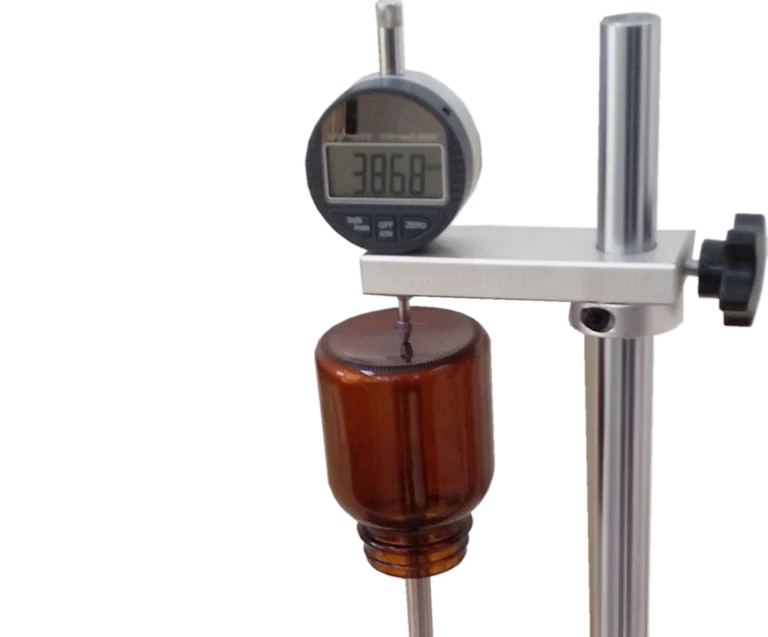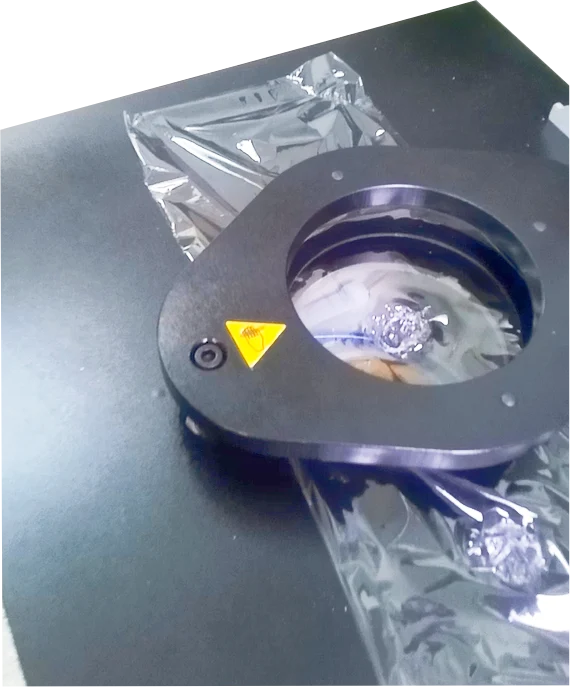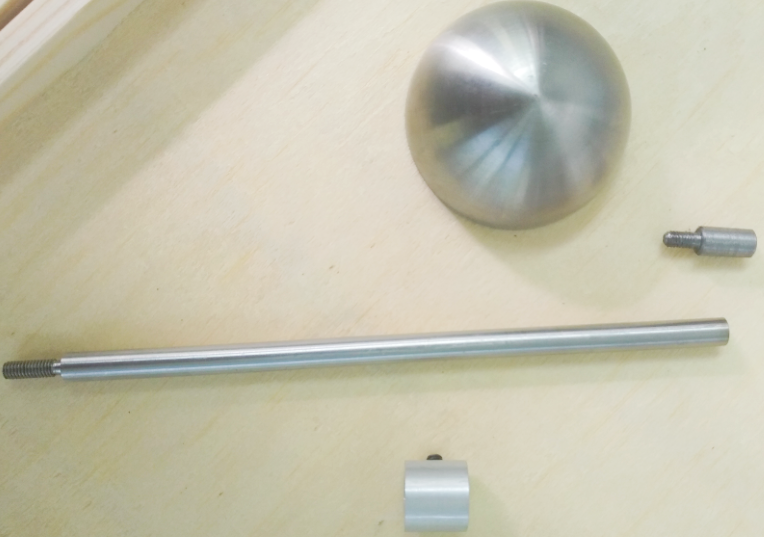Why Bottle Thickness Measurement Matters
Measuring the thickness of a bottle’s wall isn’t just about compliance—it’s essential for:
- Ensuring product safety during transportation and handling
- Maintaining material consistency to avoid weak points
- Optimizing cost efficiency by reducing material waste
- Meeting regulatory or customer requirements in quality assurance
Inconsistent wall thickness can lead to bottle deformation, leakage, breakage, or poor user experience. Hence, accurate bottle thickness measurement is indispensable in any high-standard manufacturing process.







